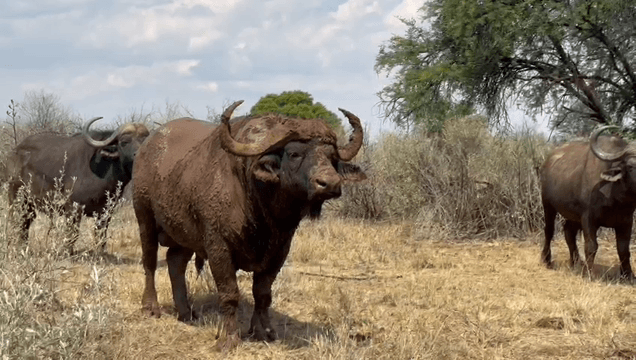
Hunting in Iringa, Tanzania: Laws and Legislation, Seasons and Demographics. Premier Destination for Trophy Hunters Geography and Natural Features of Iringa Region Nestled in Tanzania’s Southern Highlands, Iringa offers some of the most thrilling hunting experiences in Africa. Its varied geography — from the rugged Udzungwa Mountains to the sprawling savannahs surrounding Ruaha — creates an ideal environment for a wide range of game species. Sitting between 900 and 2,300 meters above sea level, Iringa benefits from cooler temperatures compared to other parts of Tanzania, making it comfortable for long days in the bush. The landscape shifts dramatically across the region, offering hunters opportunities to track game through dense woodlands, open plains, and river valleys. Hunting Community and Demographics in Tanzania The local hunting scene is shaped by a small but passionate community of both Tanzanian and international hunters. While exact statistics on the number of active hunte
Post: 9 July 09:35
















































